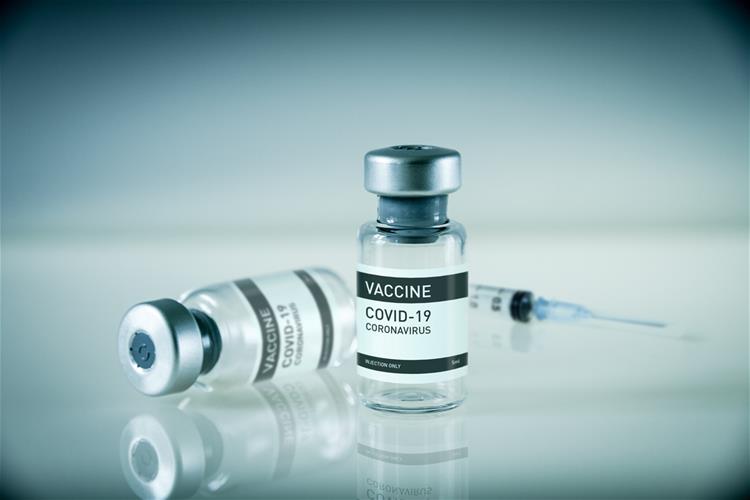
Published: January 27, 2021
The Bottom Line
- The roll-out of the COVID-19 vaccines is arguably one of the largest health-system initiatives ever conducted.
- It is estimated that 60-80% of the world’s population must be vaccinated to achieve “herd immunity” for COVID-19.
- There have been calls for international institutions, governments and vaccine manufacturers to plan for sufficient vaccine production and allocation, and negotiate vaccine prices that will be affordable for low- and middle-income countries.
- Given the potential complexity of delivering COVID-19 vaccines to remote communities in both developed and developing countries, national and international vaccine supply chains should be strengthened.
After months of the COVID-19 pandemic, there is hope on the horizon with the approval and start of the roll-out of several vaccines.
To help Canadian decision-makers as they respond to unprecedented challenges related to the pandemic, the COVID-19 Evidence Network to support Decision-making (COVID-END) has reviewed what is known about the COVID-19 vaccine roll-out. More specifically, they examined what is known about five key domains:
- securing and distributing a reliable supply of vaccines and necessary equipment (for example, needles and diluents);
- allocating vaccines and necessary equipment equitably;
- communicating how the vaccines will be allocated and the safety and effectiveness of vaccines;
- administering vaccines in ways that optimize timely uptake; and
- monitoring, evaluating and reporting on the vaccine roll-out.
This blog post is the first in a series which examine evidence and experiences from Canada and other countries about the COVID-19 vaccine roll-out.
The McMaster Optimal Aging Portal (mcmasteroptimalaging.org), a unique online health resource created by McMaster University to support the healthy aging of Canada’s older adult population, is highlighting ways to stay active and engaged while practicing physical distancing during the current COVID-19 pandemic.​ Read more.

